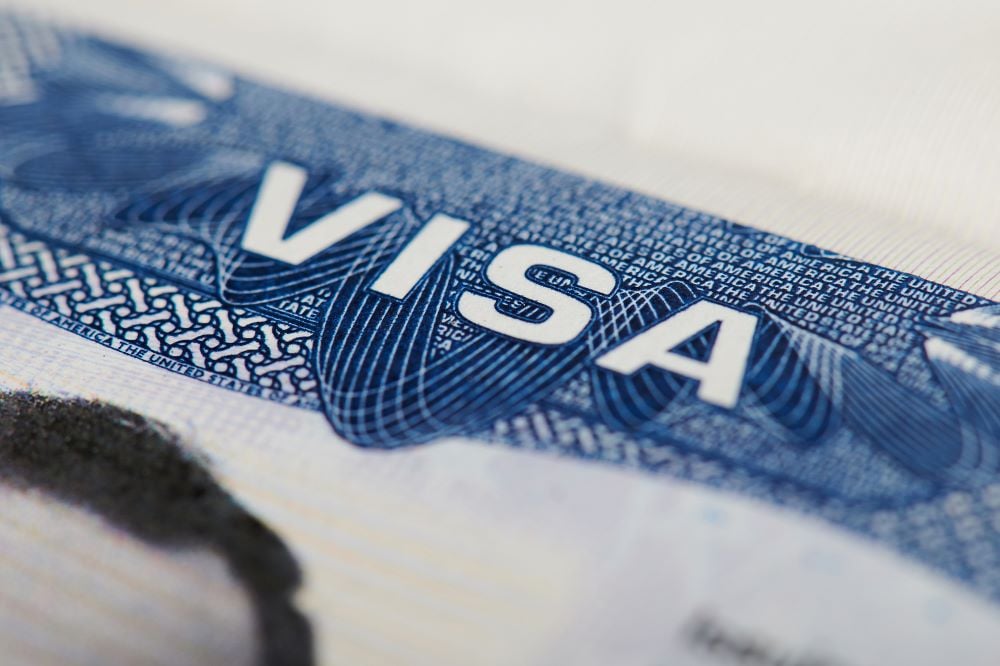A foreigner with extraordinary skills in a particular field may wish to come to the United States temporarily and work for a specific employer. Later on, he may decide that he wants to stay in the United States and even become a U.S. citizen. However, once he has an O-1 Visa, he must first become a legal permanent resident and hold a green card for at least five years before being eligible to apply for citizenship.
The O nonimmigrant classification incorporates 4 different categories. First, the O-1A Visa focuses on individuals with extraordinary abilities in the sciences, education, business or athletics, who seek temporary employment in the U.S. Then, the O-1B encompasses persons with extraordinary skills in the arts or who have extraordinary achievement in the film or television industry. The O-2 covers individuals who will join an O-1 visa holder at a particular event or performance; and the O-3 Visa is specifically for the spouse or children of O-1 or O-2 Visa holders.
For the O-1 Visa application, the petitioner has to file Form I-129, the Petition for a Nonimmigrant Worker, on behalf of the beneficiary, at least 45 days before the date of employment. Supporting evidence from specialists in the beneficiary’s area of expertise must be presented alongside a copy of the contract containing the terms of employment. An itinerary describing the events and activities, with specific dates, that the prospective O-1 Visa holder will be attending, is also requested. These events must be related to the beneficiary’s skill set. Then, the beneficiary must meet at least three criteria from a list provided by USCIS. However, if for some reason the criteria are not relevant to the beneficiary’s skill set or occupation, then the petitioner may submit further evidence to prove the beneficiary’s O-1 eligibility.
On the other hand, the application for the O-2 Visa requests an advisory opinion from the suitable labor organization and/or from an experienced management organization within that field. If no organization exists, this requirement may be waived, and eligibility will be based on evidence presented. Further proof should be presented to highlight the beneficiary’s skills and experience that are essential to support the O-1 Visa holder. Documentation should show that the O-2 beneficiary’s assistance is an integral part for the O-1.
The spouse and any children under the age of 21 who are joining the nonimmigrant in the U.S. are eligible to apply for the O-3 visa. These visa holders are not eligible to work in the U.S. and will not receive a social security number, but they can participate in part-time or full-time study. They are also subject to the same limitations and time constraints as O-1 and O-2 Visa holders.
The O Visas have an initial period of stay of up to three years, but extensions of stay can be requested in one year increments. In order to receive more time in the U.S., the petitioner must submit additional paperwork to USCIS, including the I-129 Form, a copy of the nonimmigrant’s I-94, which is the Arrival and Departure Record, and an explanation from the petitioner stating the reasons behind the extension. Any O-3 Visa holders, the spouse or children, must file an additional form, the I-539, the Application to Extend/Change Nonimmigrant Status. If for any reason, the beneficiary wishes to change employer, then the new employer must file the I-129 Form, the Petition for a Nonimmigrant Worker; it must also be filed if there is significant change in the employment.
However, if after obtaining the O-1 Visa and living in the United States, the beneficiary wishes to stay, he could apply for permanent residency through an employment-based green card. For example, if the nonimmigrant had an O-1 Visa, then he could apply for the EB-1 Visa, the green card counterpart for extraordinary abilities and achievements. He may self-petition with the I-140, Petition for Alien Worker, but can also be sponsored by a U.S. employer.
Once the EB-1 petition is approved, then the beneficiary can apply to become a legal permanent resident. This can be done by either filling out Form I-485, Application to Register Permanent Residence or Adjust Status (if in the US), or through the consulate. It is recommended that if one is outside of the U.S., then they should apply through consular processing. In addition, similar to the O Visa, if the petition for the EB-1 Visa is approved, the beneficiary’s spouse and unmarried children under 21 could join him in the U.S. as residents.
After five years of holding the green card, then the beneficiary is eligible to apply for citizenship by preparing N-400, Application for Naturalization. After preparation and submission, then the applicant continues to a biometrics appointment, an interview, and then receives a decision regarding the application. The final step is receiving notice for and attending the naturalization ceremony. According to a New York Times article from 2019, from the moment the N-400 is filed, the naturalization process should take about 10 months. However, in 2020, with the closed USCIS offices and consulates due to COVID-19 precautions, there is a delay in processing applications and in conducting naturalization ceremonies.
Therefore, as an O-1 Visa holder, it is possible to one day to become a legal permanent resident or a United States citizen. However, such pathway is currently limited. On April 22, President Trump signed a proclamation suspending the entry of immigrants who present a risk to the country’s labor market during the economic recovery following COVID-19. The EB-1 Visa was included in this 60-day suspension; on June 22, President Trump extended the suspension throughout the rest of the year. As of now, January 2021 is the earliest an EB-1 Immigrant Visa can be issued. However, note that for those adjusting status from within the US (especially from an O-1 status, for example) this may still be possible even during this “immigration suspension” which mainly applies to those outside of the US.










